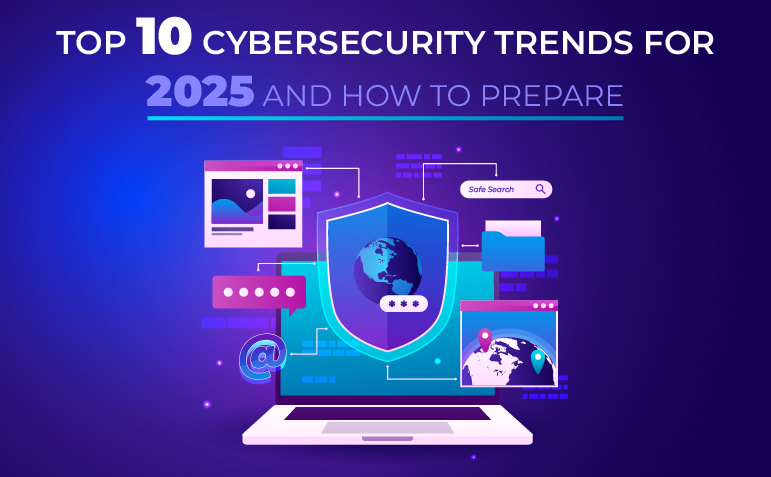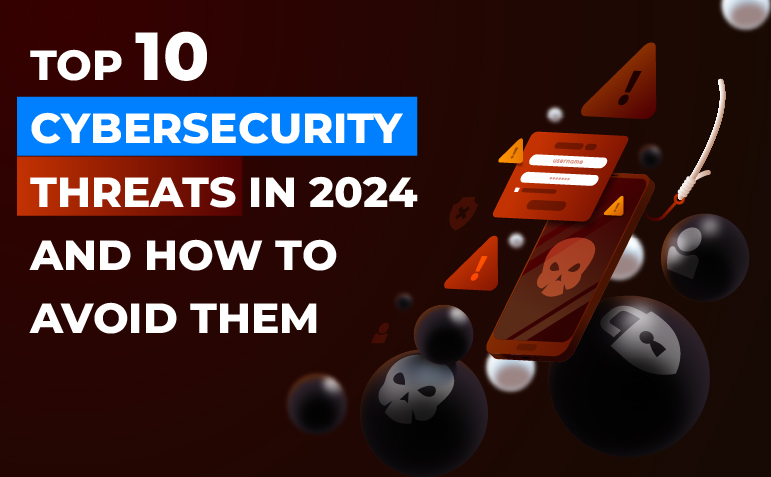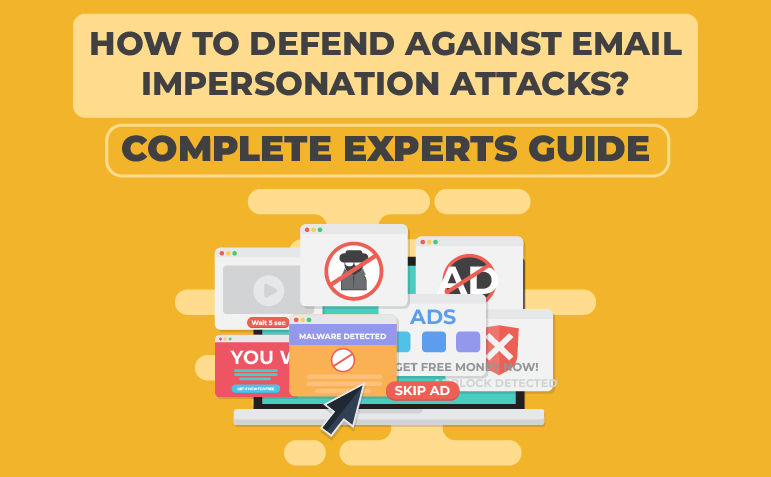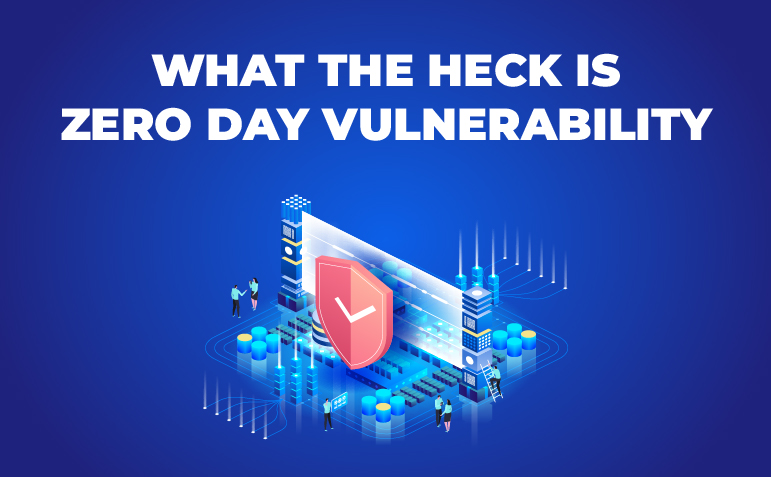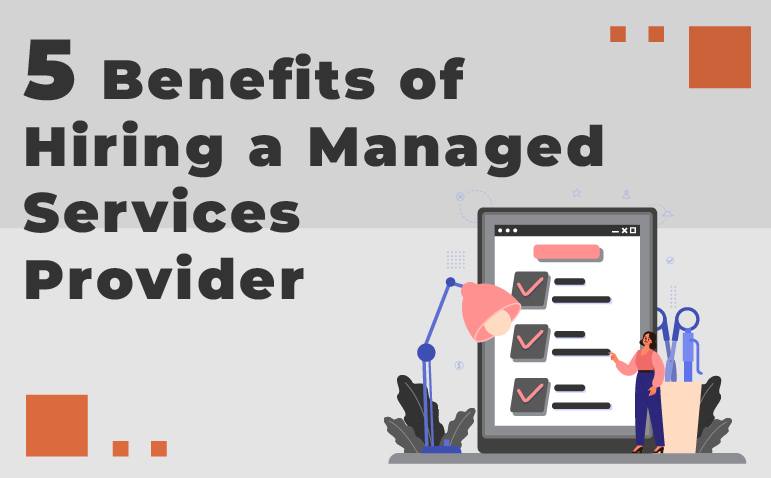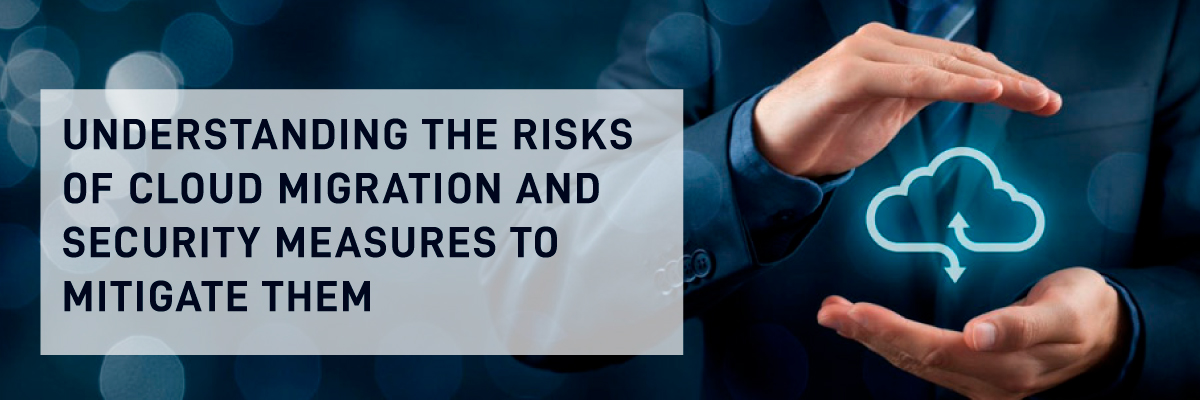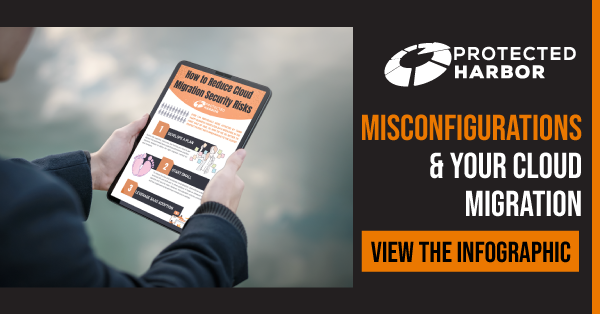As we move into 2025, the cybersecurity landscape is rapidly shifting, bringing with it both exciting possibilities and growing risks. While technological advancements continue to empower individuals and organizations to thrive in the digital space, they also open the door to increasingly complex cyber threats that can damage trust, tarnish reputations, and even jeopardize an organization’s existence.
Cybersecurity is no longer just a technical issue—it’s now a key business concern. The threats we face today are constant, deliberate, and more sophisticated than ever. Whether you’re heading up security for a global enterprise, managing IT for a mid-sized company, or protecting a small business network, taking action now is crucial. Staying ahead isn’t just about following trends—it’s about foreseeing threats and building systems that can withstand them.
In this blog, we’ll break down the top 10 cybersecurity trends for 2025 and provide practical steps you can take to get ready. Let’s get started
1. Continuous Threat Exposure Management (CTEM)
CTEM is reshaping the cybersecurity playbook. This structured method helps organizations proactively detect and reduce cyber risk by identifying vulnerabilities, simulating attacks, and prioritizing fixes before hackers can strike.
How to Prepare:
- Implement a CTEM strategy tailored to your environment.
- Leverage automated tools to scan for vulnerabilities.
- Conduct regular threat simulations and address issues based on risk levels.
Protected Harbor Advantage: We embed CTEM into our comprehensive security approach, helping organizations uncover and resolve risks before they escalate.
2. Rise of AI-Powered Cyber Attacks
AI brings powerful tools to defenders—but it also gives attackers new ways to launch more precise and efficient attacks. From automated breaches to deepfake-powered scams, AI is changing the threat landscape.
How to Prepare:
- Invest in AI-powered security tools that detect and respond to threats in real time.
- Educate your teams about AI’s role in both defense and attack strategies.
- Work with cybersecurity partners who specialize in AI threat defense.
Protected Harbor Advantage: Our adaptive AI solutions continuously monitor for threats and evolve to counter AI-driven attacks.
3. Quantum Computing Threats
Quantum computing has the potential to break current encryption methods, which could cause massive security disruptions once the technology becomes mainstream.
How to Prepare:
- Start transitioning to encryption that can withstand quantum threats.
- Stay connected with vendors who are tracking developments in post-quantum cryptography.
Protected Harbor Advantage: We’re incorporating quantum-resistant encryption to help future-proof your digital infrastructure.
4. Increase in Ransomware-as-a-Service (RaaS)
RaaS is making ransomware attacks more accessible to cybercriminals by offering them as ready-made packages. These attacks are becoming more frequent and more damaging.
How to Prepare:
- Regularly test your backup and recovery capabilities.
- Train staff to recognize phishing and segment your networks.
- Look into cyber insurance to cushion potential financial blows.
Protected Harbor Advantage: We protect clients from ransomware through robust backups, segmentation, and rapid recovery strategies.
5. Regulatory Compliance Tightens
Governments are cracking down with stricter data security laws. From U.S. regulations to India’s digital privacy laws, organizations must now meet higher compliance standards.
How to Prepare:
- Conduct regular audits to assess your compliance status.
- Automate tracking of regulatory changes.
- Collaborate with legal and cybersecurity advisors.
Protected Harbor Advantage: We offer automated compliance tracking and expert support to help your business stay secure and compliant.
6. Cloud Security Becomes Paramount
As cloud usage soars, so does its risk profile. Misconfigurations and weak controls continue to expose sensitive data.
How to Prepare:
- Perform regular security reviews of your cloud setup.
- Embrace Zero Trust and implement strong IAM solutions.
Protected Harbor Advantage: Our cloud security services use advanced tools and Zero Trust policies to keep your cloud assets protected.
7. Human Error Remains a Major Risk
Even with the best tech, human mistakes are behind most data breaches—weak passwords, phishing, and mishandled data being the usual suspects.
How to Prepare:
- Provide ongoing training in cybersecurity awareness.
- Use gamified tools to maintain interest and retention.
- Implement MFA to reduce reliance on passwords.
Protected Harbor Advantage: We offer tailored training programs and deploy MFA to help minimize risks caused by human error.
8. Cyber Insurance Gains Momentum
As breaches become more costly, cyber insurance is now a critical safety net. But insurers expect proof of robust security before offering coverage.
How to Prepare:
- Keep detailed records of your cybersecurity measures.
- Regularly update and test your defenses to stay eligible.
Protected Harbor Advantage: We help clients meet insurance requirements through strong security protocols and thorough documentation.
9. IoT Devices: A Growing Threat
IoT devices are everywhere—and often under-protected. Their rapid growth makes them ideal entry points for attackers.
How to Prepare:
- Protect IoT devices with strong authentication and segmented networks.
- Use specialized tools to monitor IoT traffic and activity.
Protected Harbor Advantage: We deliver tailored IoT security solutions to safeguard every device on your network.
10. Supply Chain Attacks on the Rise
Hackers are increasingly targeting suppliers to breach larger organizations, as demonstrated by major incidents like the SolarWinds attack.
How to Prepare:
- Rigorously assess vendor security practices.
- Include cybersecurity requirements in vendor agreements and monitor access.
Protected Harbor Advantage: We equip organizations with tools and best practices to secure their supply chains and manage third-party risks.
How to Prepare: A Proactive Cybersecurity Strategy
The best way to protect your organization is by staying ahead. Don’t wait for a breach to act—be proactive.
-
Adopt Zero Trust Principles: Trust nothing, verify everything, and limit access.
-
Invest in Real-Time Monitoring: Use advanced systems to detect and respond to threats as they happen.
-
Build and Test Your Response Plan: Know how to react when a breach occurs and practice regularly.
-
Partner with a Proactive MSP: Work with experts like Protected Harbor who prevent threats before they occur.
-
Use Automation Wisely: Automate basic security tasks to save time and enhance consistency.
Conclusion: Stay Ahead with Protected Harbor
Cybersecurity in 2025 requires a proactive, integrated, and adaptive approach. At Protected Harbor, we don’t just respond to threats—we anticipate them. By staying ahead of trends like AI-powered attacks, quantum threats, and RaaS, we empower businesses to secure their operations and build trust.
Our out-of-the-box approach combines advanced tools, proactive strategies, and expert guidance to address your unique challenges. Whether you need to enhance your cloud security, defend against ransomware, or secure IoT devices, we’re here to help.
Take the first step today. Contact us to learn how Protected Harbor can transform your cybersecurity strategy. Let’s build a safer digital future together.

